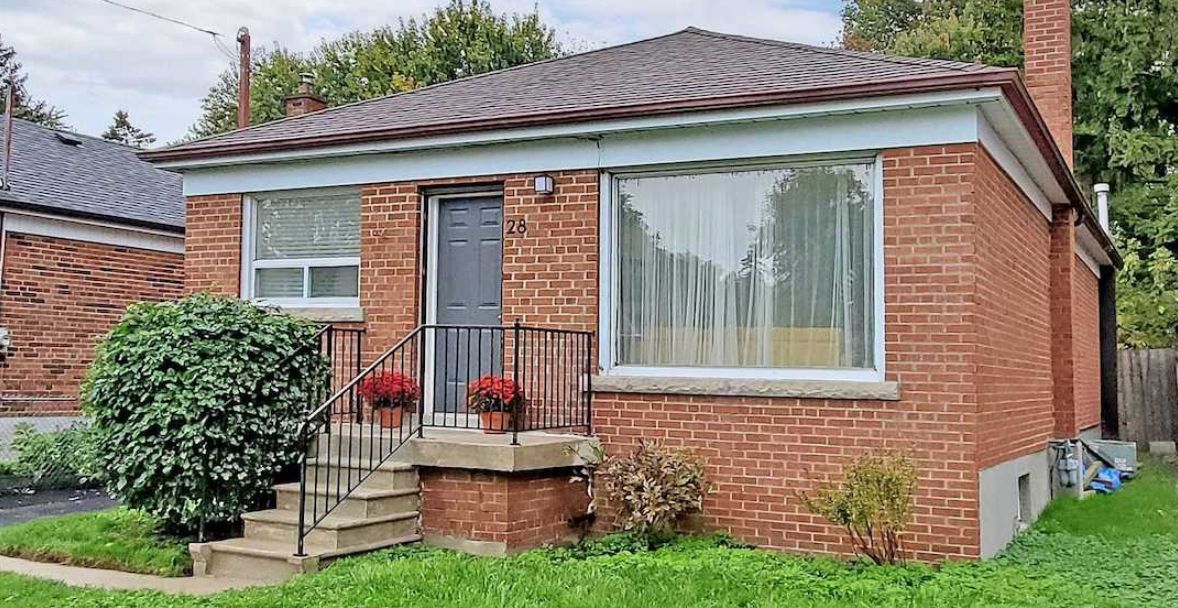
After a long period of extraordinary home sales and housing price growth, the Toronto Real Estate Board( TREB) reported that the Greater Toronto Area’s housing market posted the first decline of this year in May, 2017 since a market that’s been hot for at the least the last two years. But will this be a one-month blip, or a turning point followed by falling costs and sales in the coming months?
Forecasting real estate market performance is a tricky business. But a closer look at the TREB data seems to provide enough support for a reasonable call – sales and prices will continue to fall for at least two or three more months.
In its news release, TREB states that home sales in May 2017 were 20.3 per cent lower than in the same month last year. This was a second month in a row of falling sales as in April 2017 sales declined year-over-year by 3.2 per cent. Single-detached dwelling sales fell 26.3 per cent in May, 2017, while condominium apartment sales were off 6.4 per cent.
At the same time, the supply of new listings continued on rising–up on a year-over-year basis by 33.6 per cent in April, and then a whopping 48.9 per cent of the members in May, 2017.
When the supply is rising and the demand is declining, prices are bound to fall. Indeed, the average cost of houses sold in the GTA declined for the first time this year by 6.0 per cent in May, 2017 compared to April.
Analysts think that the main reason for the changing of trend in May, 2017 was the set of measures intended to cool the GTA’s “overheated” housing market as announced by the Ontario government in April, 2017. Nonetheless, a closer look at the TREB statistics suggests that the cooling-off tendency started earlier. This is well illustrated by an indicator which is traditionally a good predictor of future sales and costs – the ratio of sales-to-new listings, i.e. the ratio of demand and supply for homes.
If the ratio, expressed as a per cent, is, say, 40 per cent, it simply means that in a given month there are 40 sales for every 100 new listings. Traditionally, a ratio in the 40 to 60 per cent is considered a sign of a “balanced” market, while a ratio above 60 percent indicates a “sellers'” market. This ratio reached a record high of 81. 5 per cent in the GTA in February 2017, a figure well above the balanced marketplace threshold, and one that gave sellers a clear advantage over buyers in the sale and negotiation process.
However, in the following months, the sales-to-new listings ratio has declined–first to 70.8 per cent in March, then to 53.8 per cent in April, and finally to 39.5 per cent in May, 2017. This represents a clear and steady downward tendency that cannot be ignored. It will most probably remain within the “balanced” 40 to 60 per cent for now. This shows that, at the least for the next few months, there will be a continued downward pressure on housing prices.
Whether this downward pricing continues into the autumn and becomes a prolonged trend, we do not yet have a well-founded answer. But one thing is clear – the bidding campaigns in the GTA will stop, at the least for the next few months. The Toronto home price growth is presently halted. This is good news for the Toronto real estate market. It is our best hope for a so-called soft landing, as opposed to a hard landing or “crash” of a clearly overheated Toronto housing market.
Source: Maclean’s Magazine







